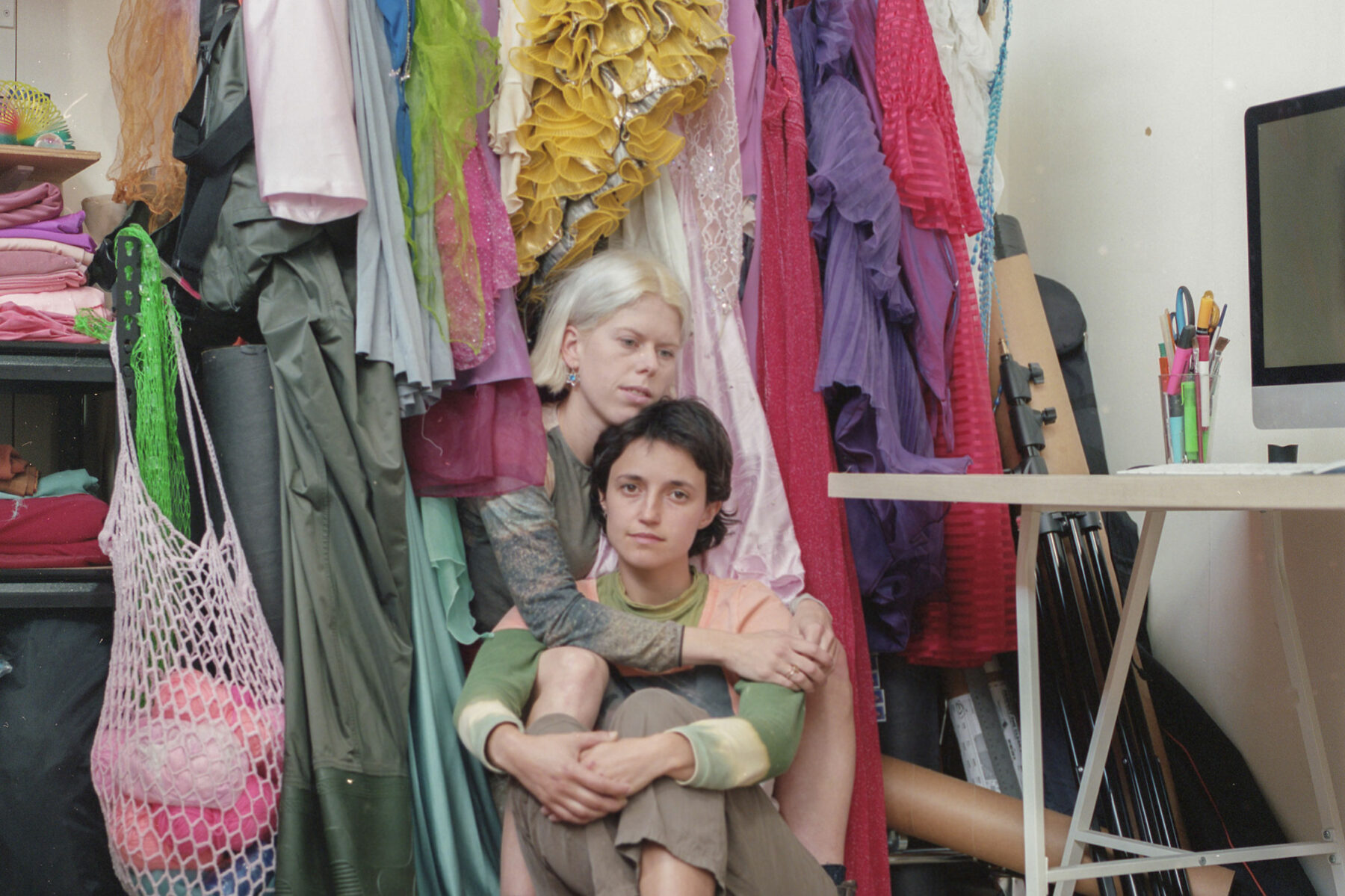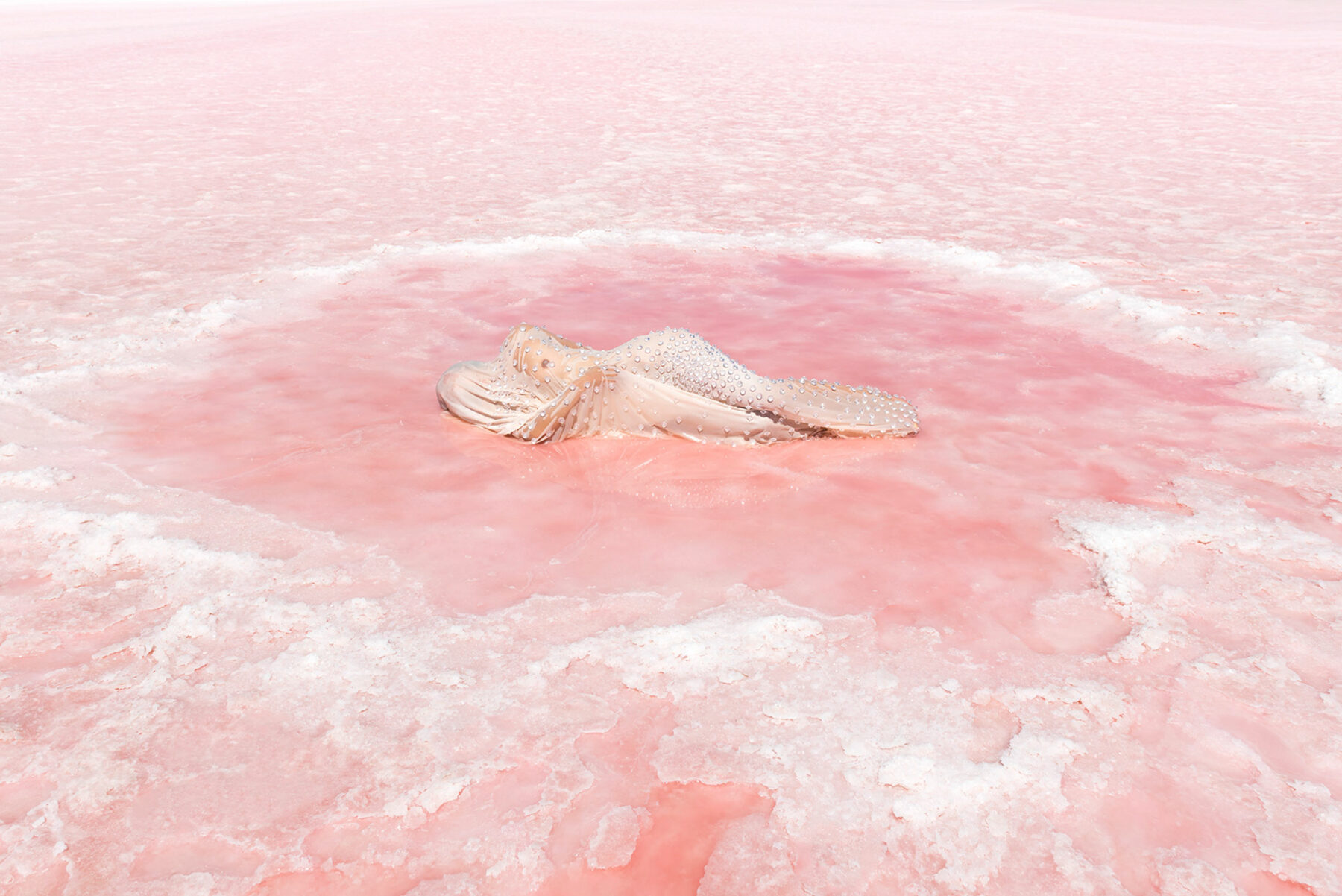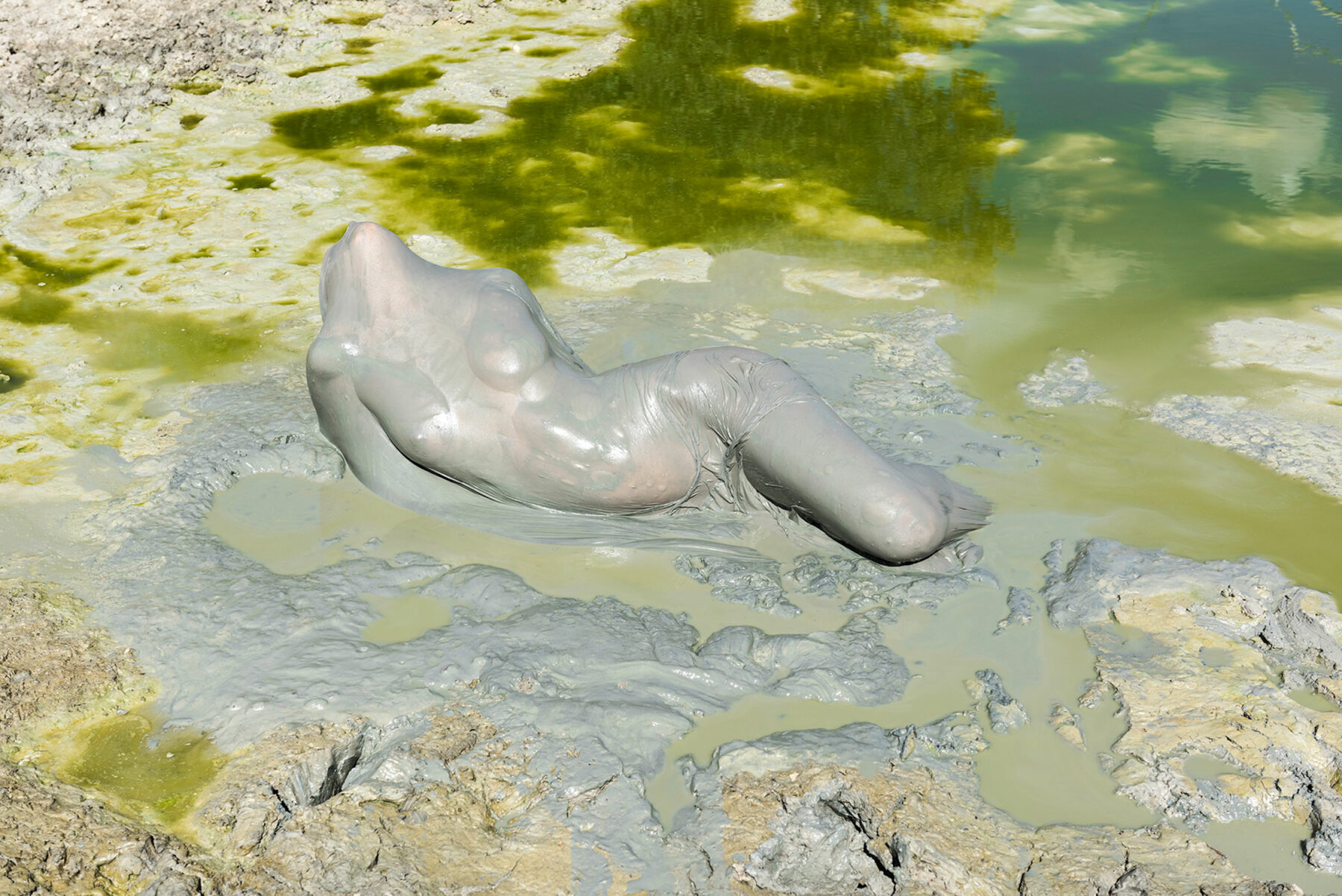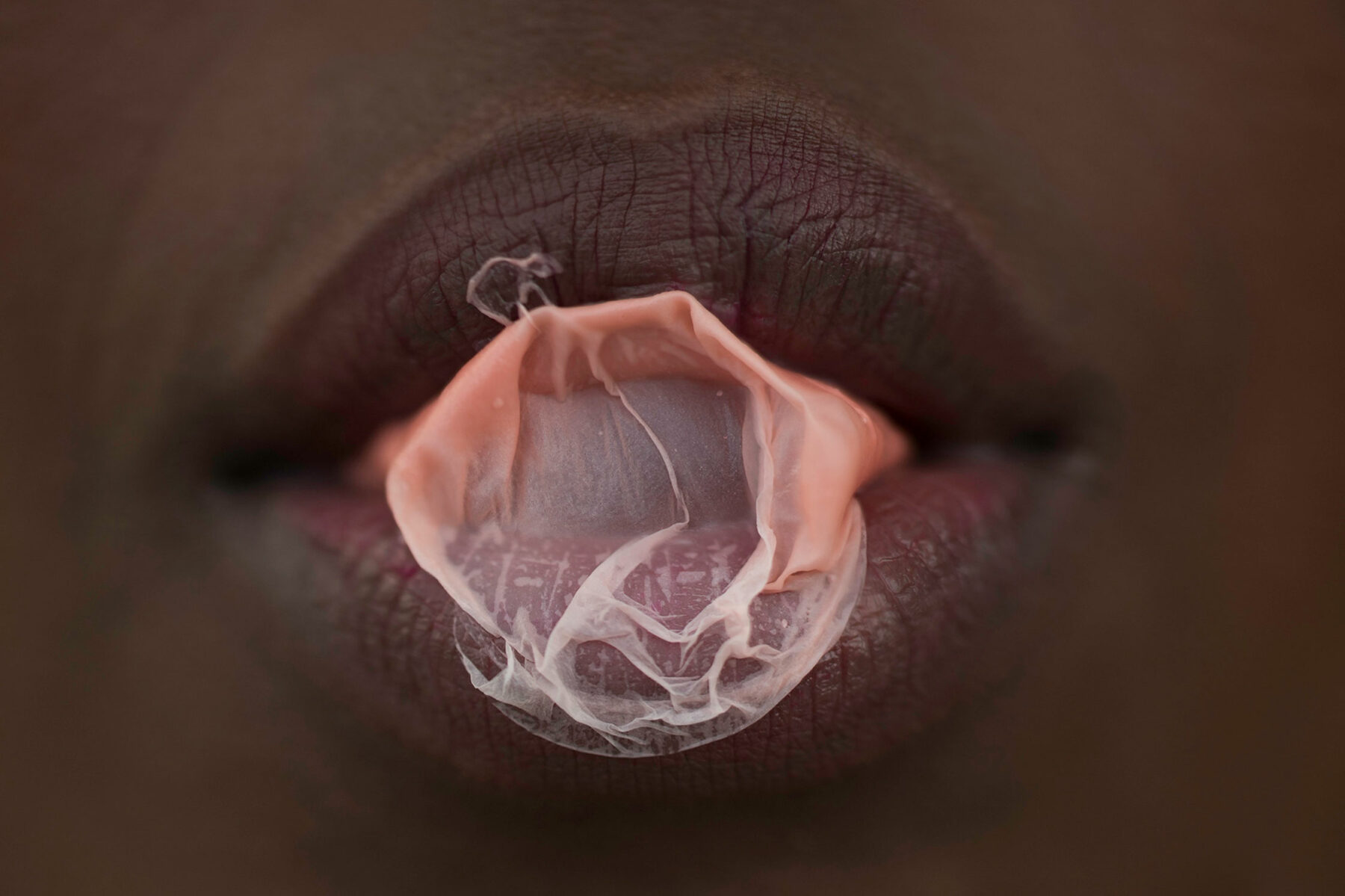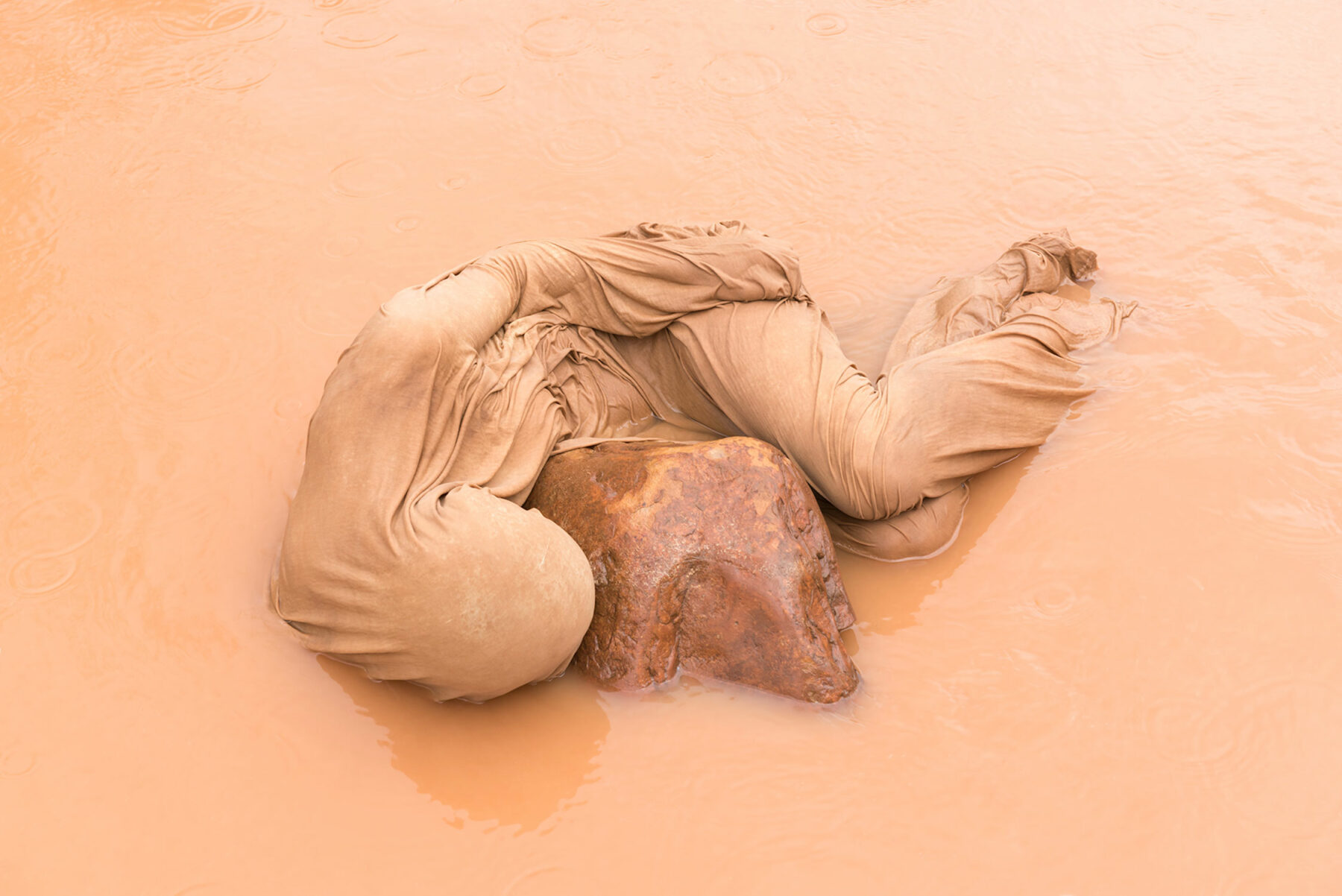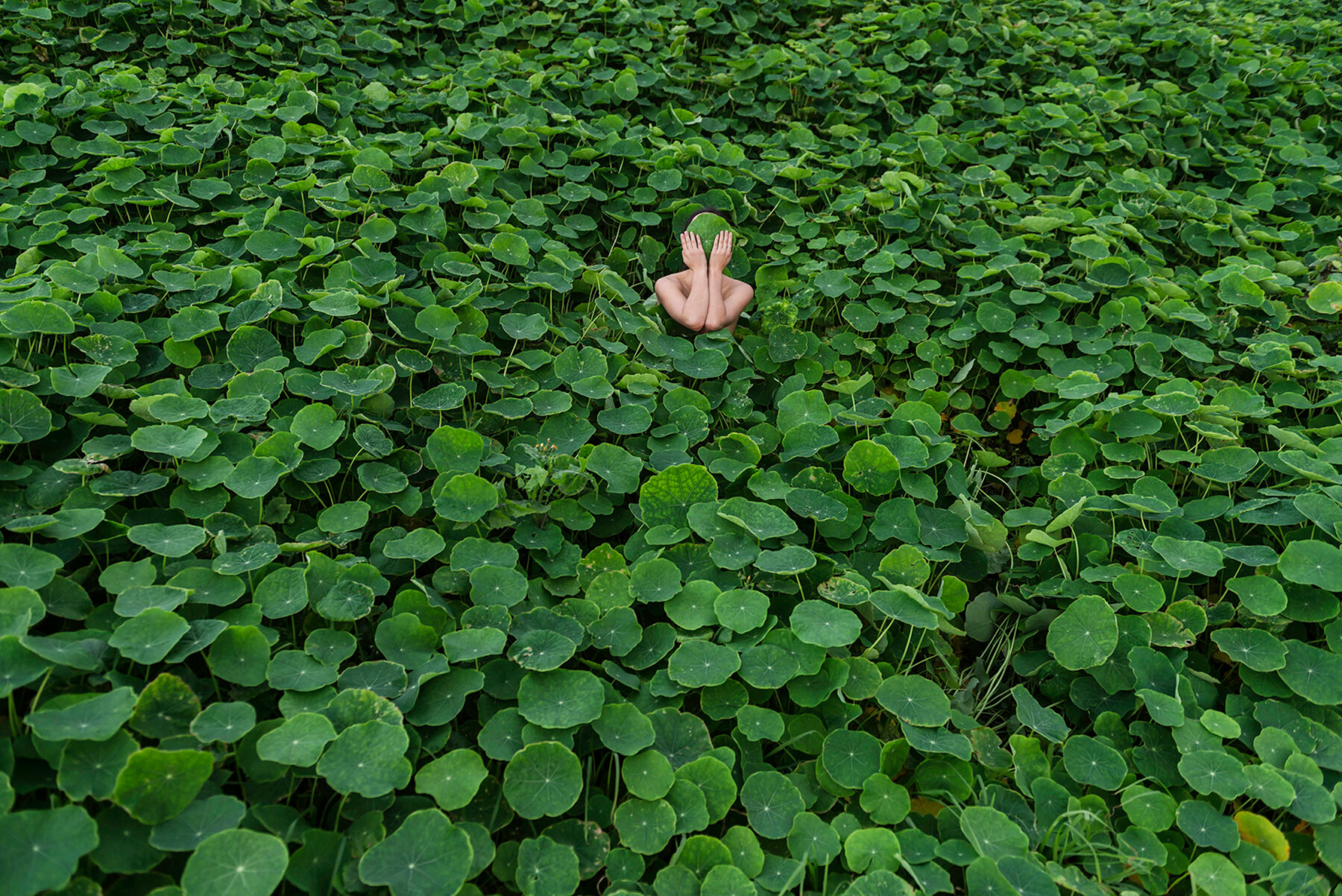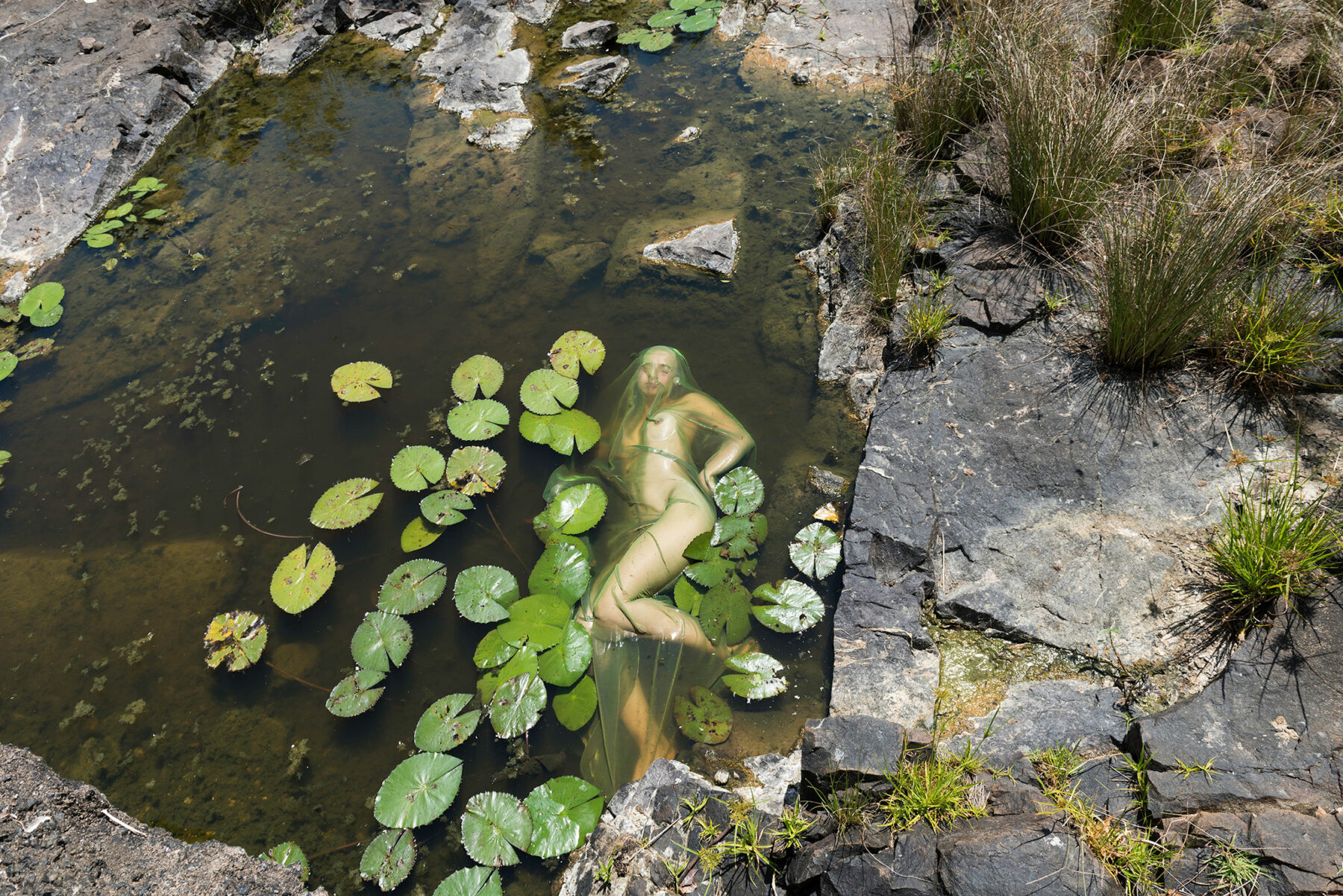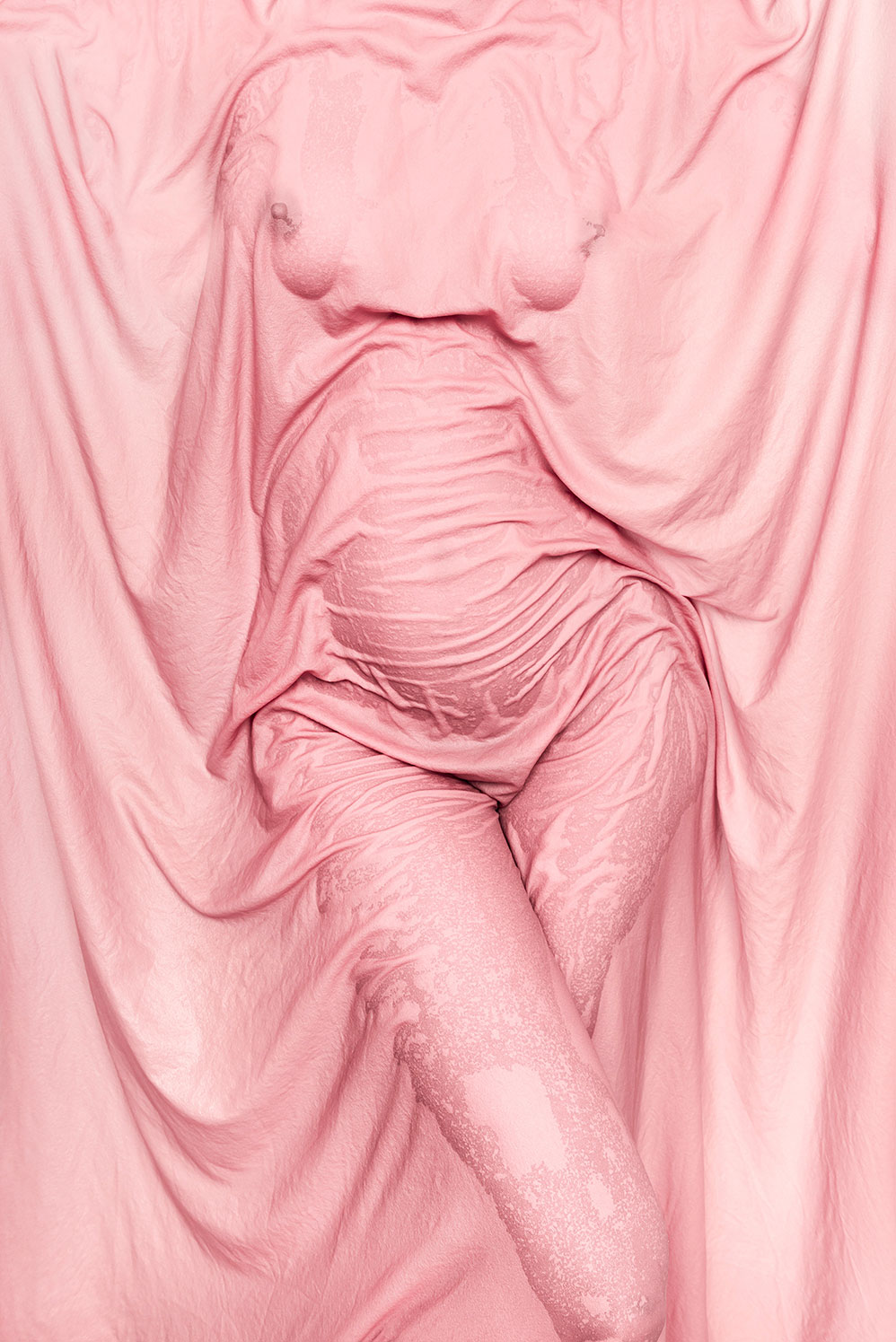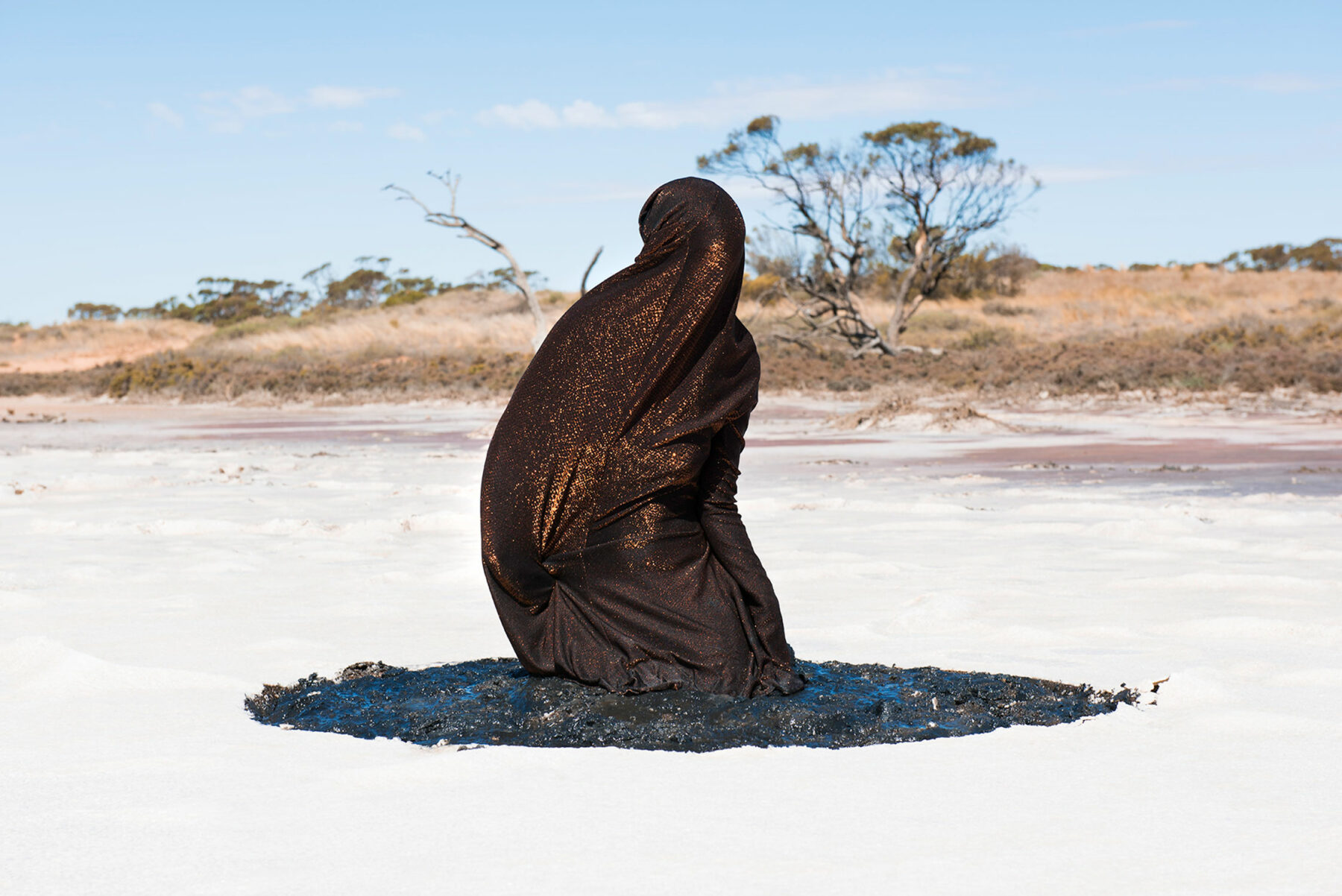Australian creative duo Prue Stent and Honey Long set nude female bodies against dystopian settings, from algae ridden ponds to salt pools on the sides of freeways. Ahead of their mammoth road trip from Melbourne to Alice Springs, the pair describe how their playful, spontaneous practice has developed over the course of their friendship.
After a number of technical difficulties in connecting a FaceTime call between Berlin and Melbourne, Prue Stent and Honey Long suddenly appear on screen. A large print from their series Phanta Firma hangs on the wall behind them, the candy-colored hues of the photograph—depicting two naked bodies swathed in bright pink fabric against a blue, cloud dappled sky—contrasting the otherwise white color scheme of their Brunswick studio. Smiling and giggling as they try to fit both of their faces into their computer screen, the pair embark on a conversation in which they endlessly finish each other’s sentences—an occupational hazard for an artistic duo who have been best friends for “ten, twelve, years…” “no, longer!”
First meeting as 14-year-old high school students, Stent and Long’s friendship has been creative and artistically based from the very beginning. “That’s actually how we first bonded,” says Stent. “I was sitting next to Honey in a maths class and she was drawing all over her paper. I thought, I think I’m going to like this person.” After this initial attraction, Stent and Long began to fuse their creative interests, doing photoshoots in their spare time with costumes they made from odds and ends acquired at markets and charity shops. But how did the pair transform their artwork from a teenage hobby into a full-time occupation? “I think it’s just been through consistently making things together, and being quite prolific in our creative output,” says Stent, who also attributes going to university—Long studied sculpture at Sydney College of the Arts and Stent Photography at the Royal Melbourne Institute of Technology—as something that made them take their creative relationship more seriously. “After studying apart, we rejoined and had a better understanding of how our practices would work together in a professional capacity.”
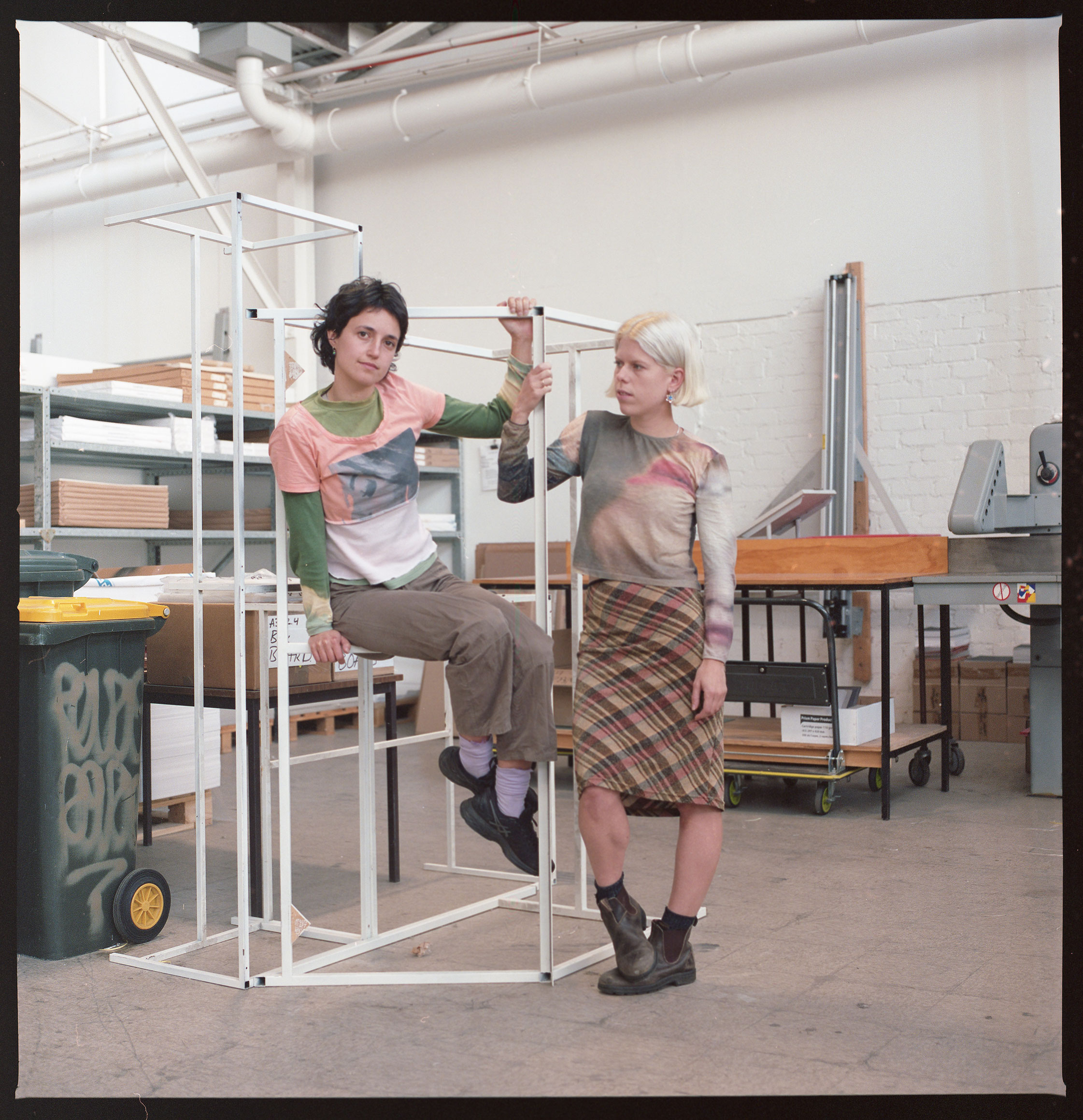
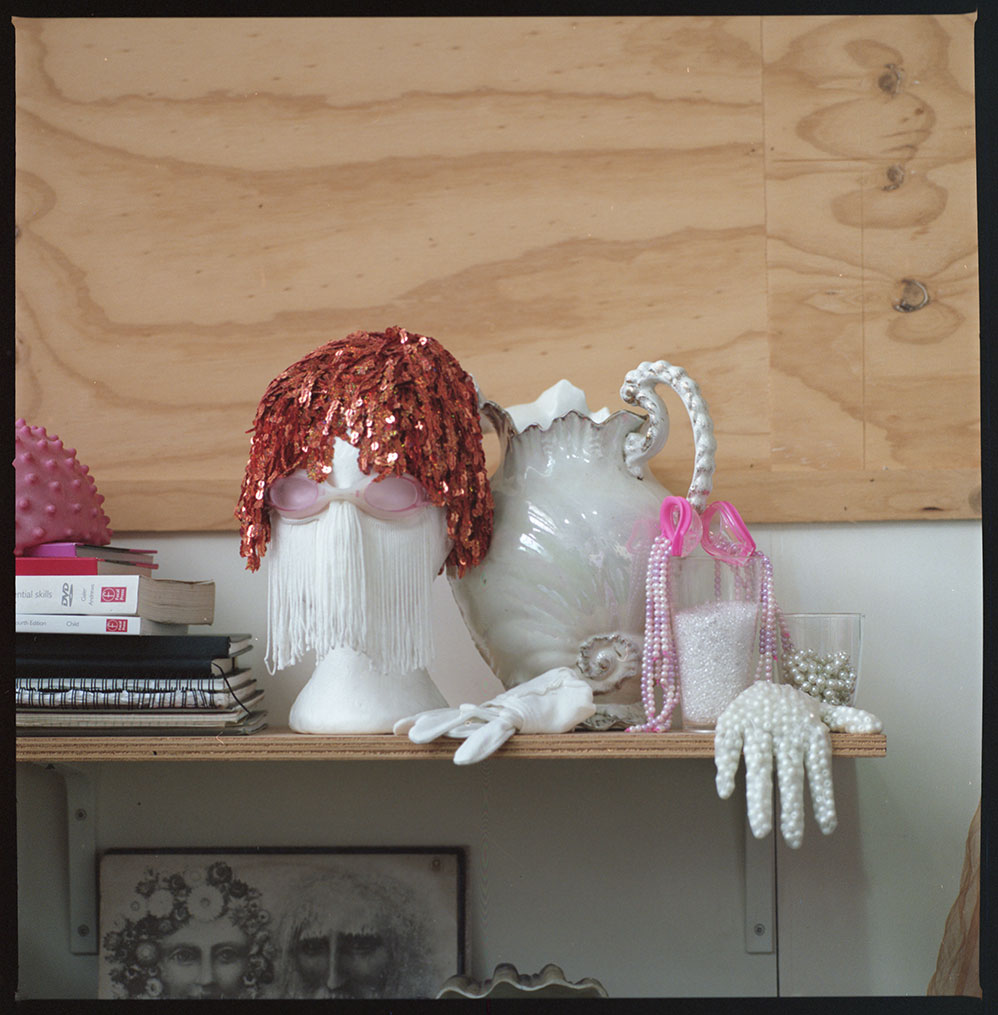
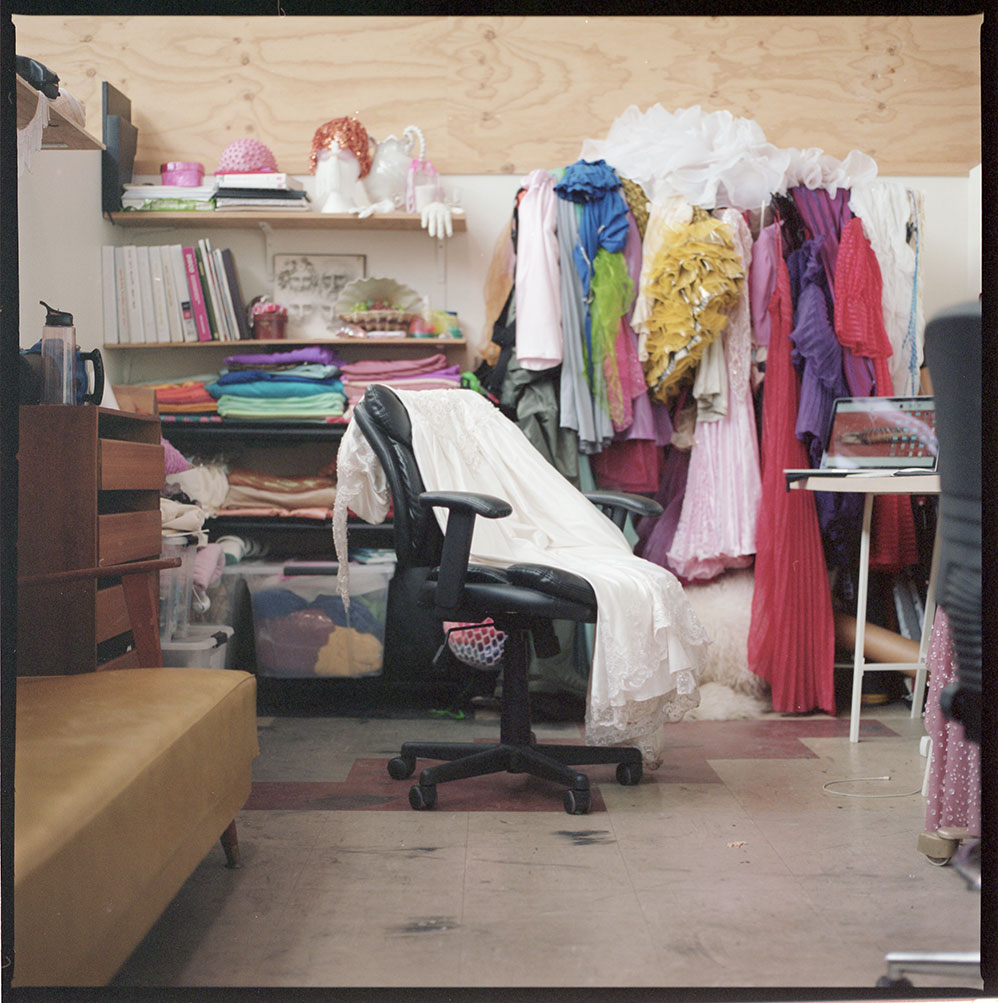
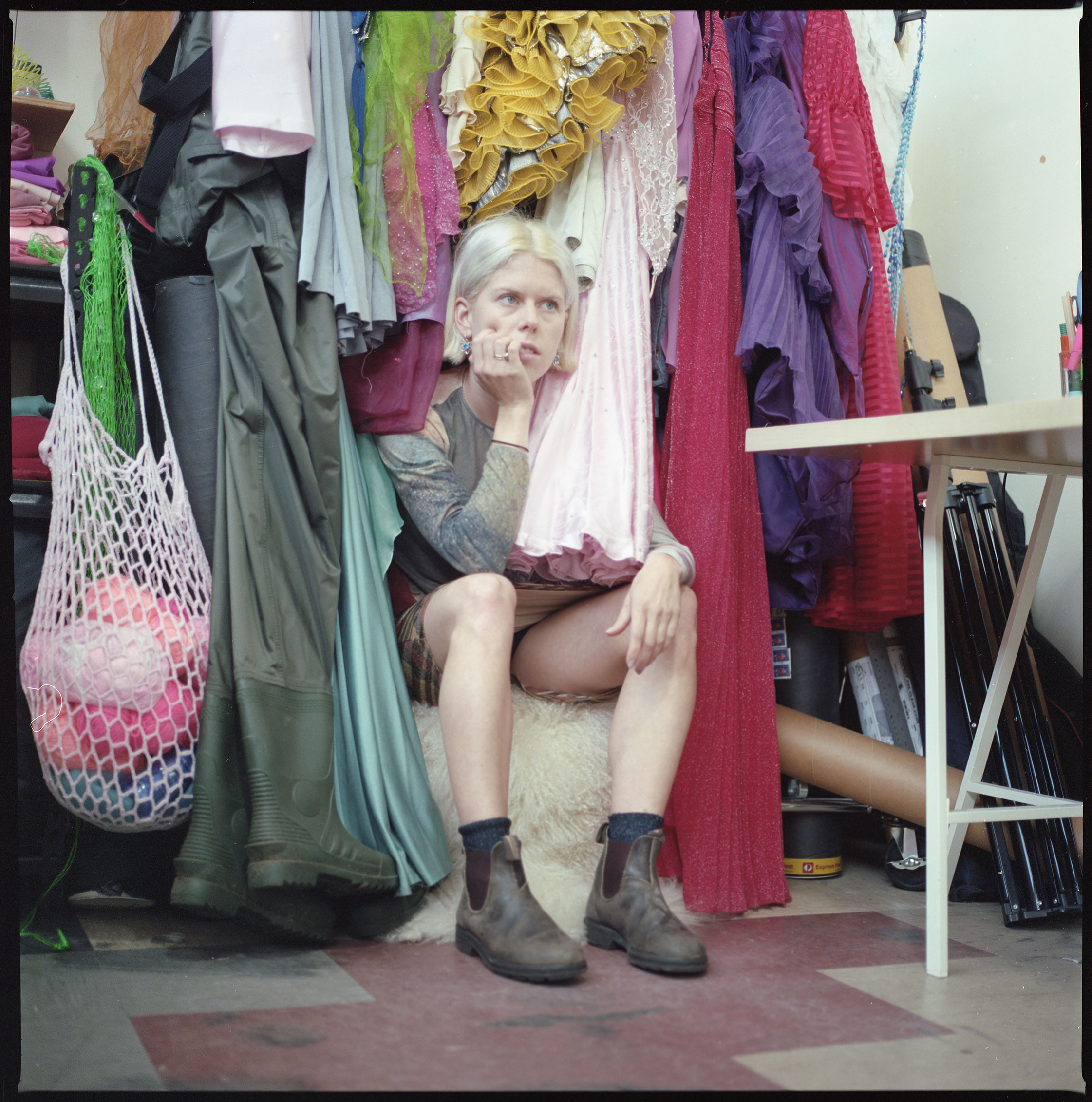
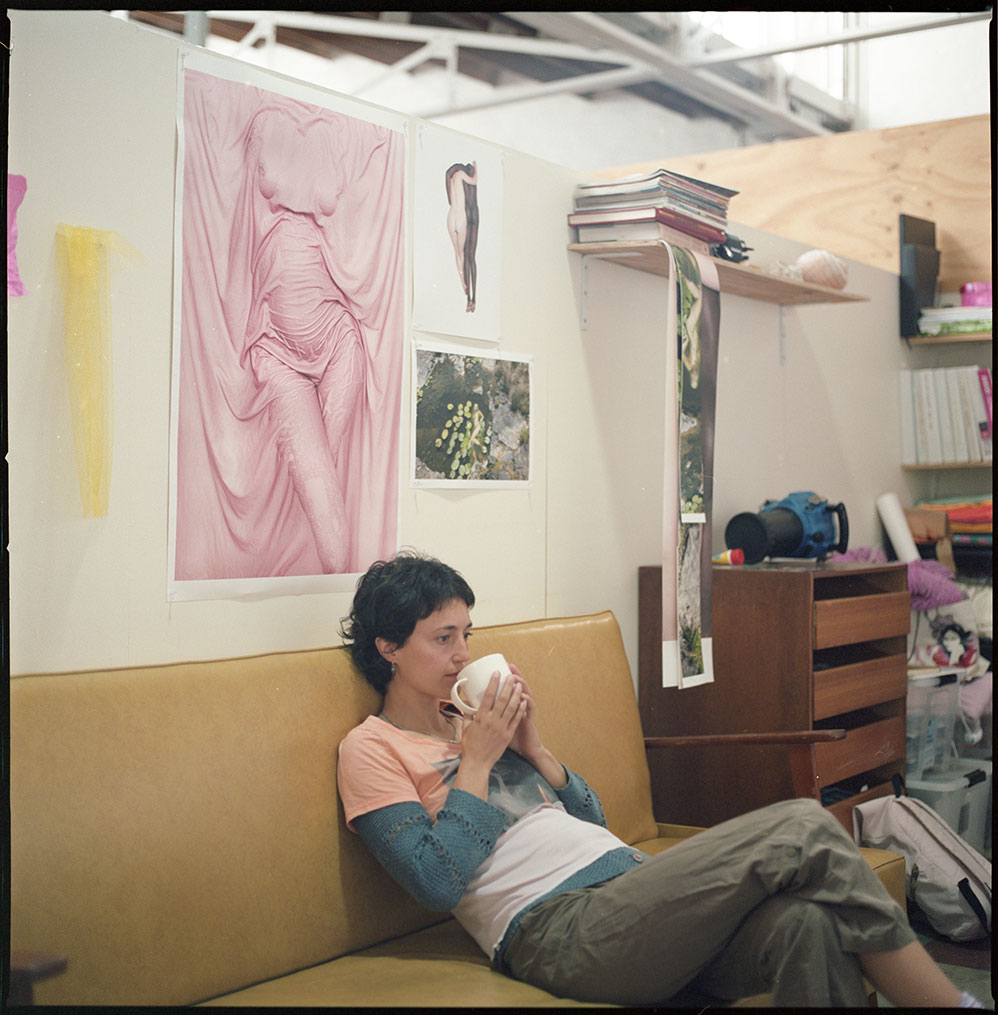
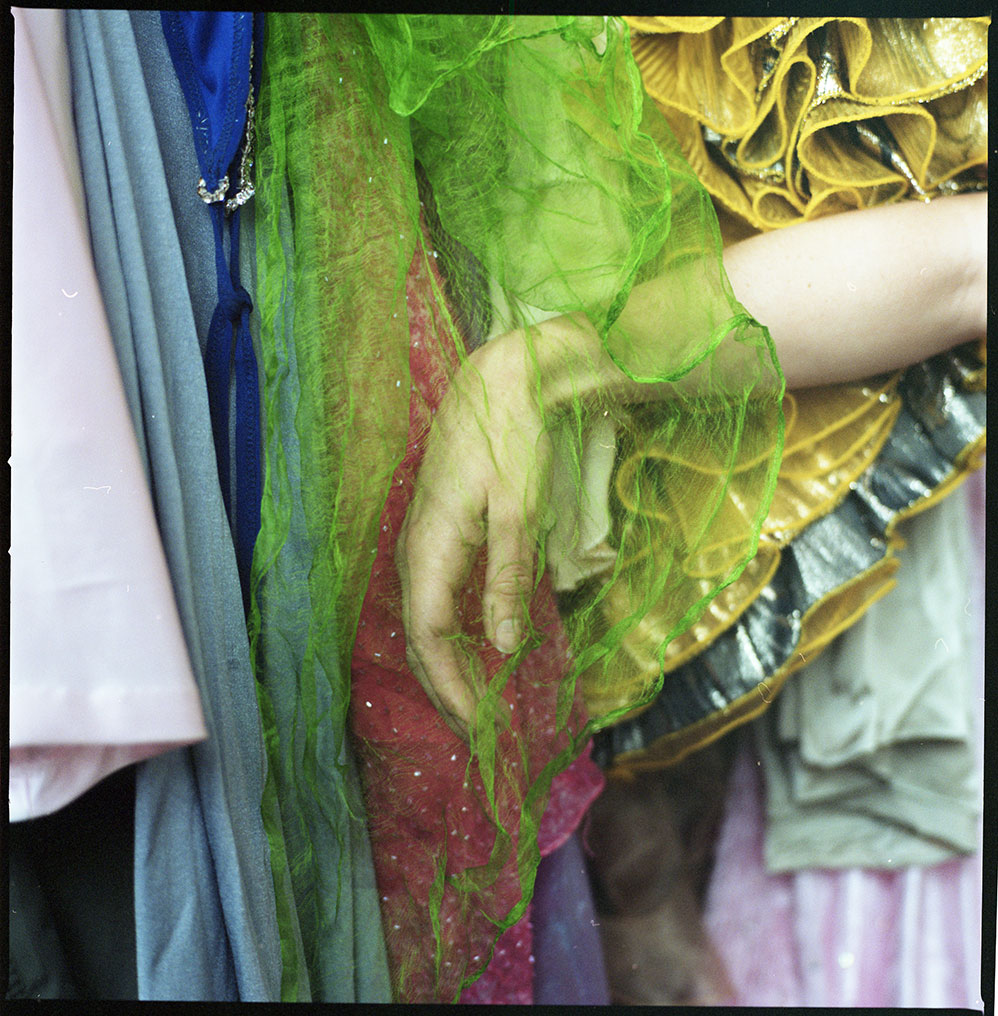
“There’s a lot of pressure on artists and anyone putting their work out there to have their personal identity and politics tied to it.”
Honey Long
Now, with approximately 250,000 Instagram followers between them and frequent invitations to exhibit their works at prestigious international galleries and festivals such as Pingyao International Photography Festival, China and PhotoEspana in Madrid, Stent and Long have developed a distinctive and recognizable aesthetic style. From their florally-driven series Bush Babies to their most recent project Phanta Firma—which is comprised of images of siren-like women washed up on rocks like debris from unnaturally colored, polluted-looking seas—their images consistently pit naked female figures against natural Australian landscapes. Each photograph explores the dialogue that occurs between nude bodies—often their own or those of family members—the spaces they are placed in, and the variety of materials the pair choose to introduce into the frame.
“It’s quite spontaneous and playful,” says Stent, describing how their process often starts just like it did in high school, with the duo “foraging” for materials in a magpie-like fashion from charity shops and garbage dumps. “We both have a fascination with discarded objects and things that have so much embedded history in them, but that are also banal and everyday,” adds Long. “When we use them in our artwork, it’s kind of like we’re extracting some of their hidden meanings and exposing their poetic potential.” These “magical” objects then spark ideas and lead Stent and Long into researching landscapes that they can integrate them into. “From there we go on a bit of a location scout or a road trip. We have destinations in mind but we often stumble across very unexpected moments, like salt pools on the side of freeways, and algae-ridden ponds,” says Stent. The duo then spends time in these eclectic environments, getting a feel for them, making sound recordings, introducing their gathered materials, and eventually, capturing photographs. “It’s nice to see what meanings can arise out of this process rather than setting out with a preconceived idea,” says Long.
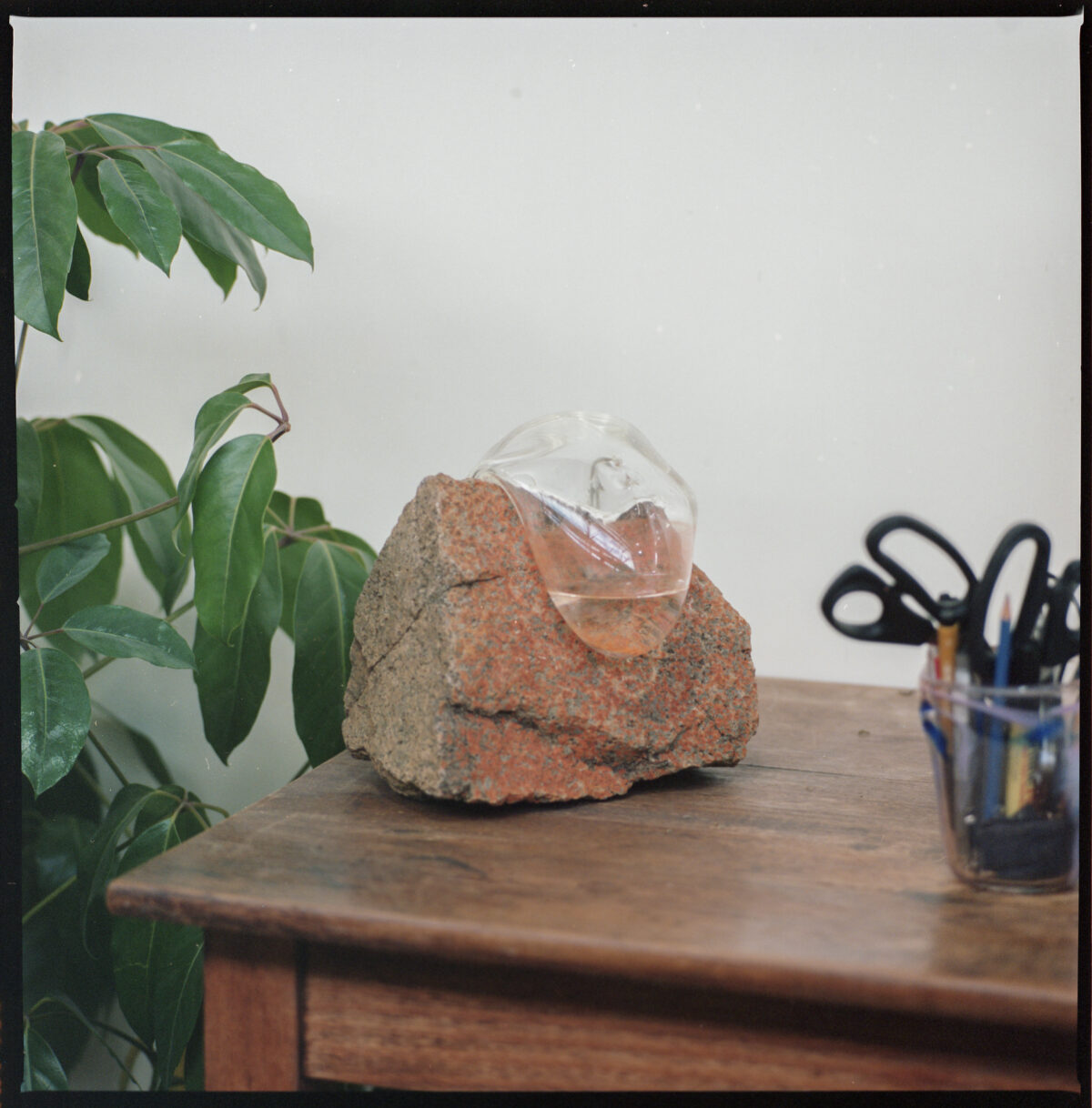
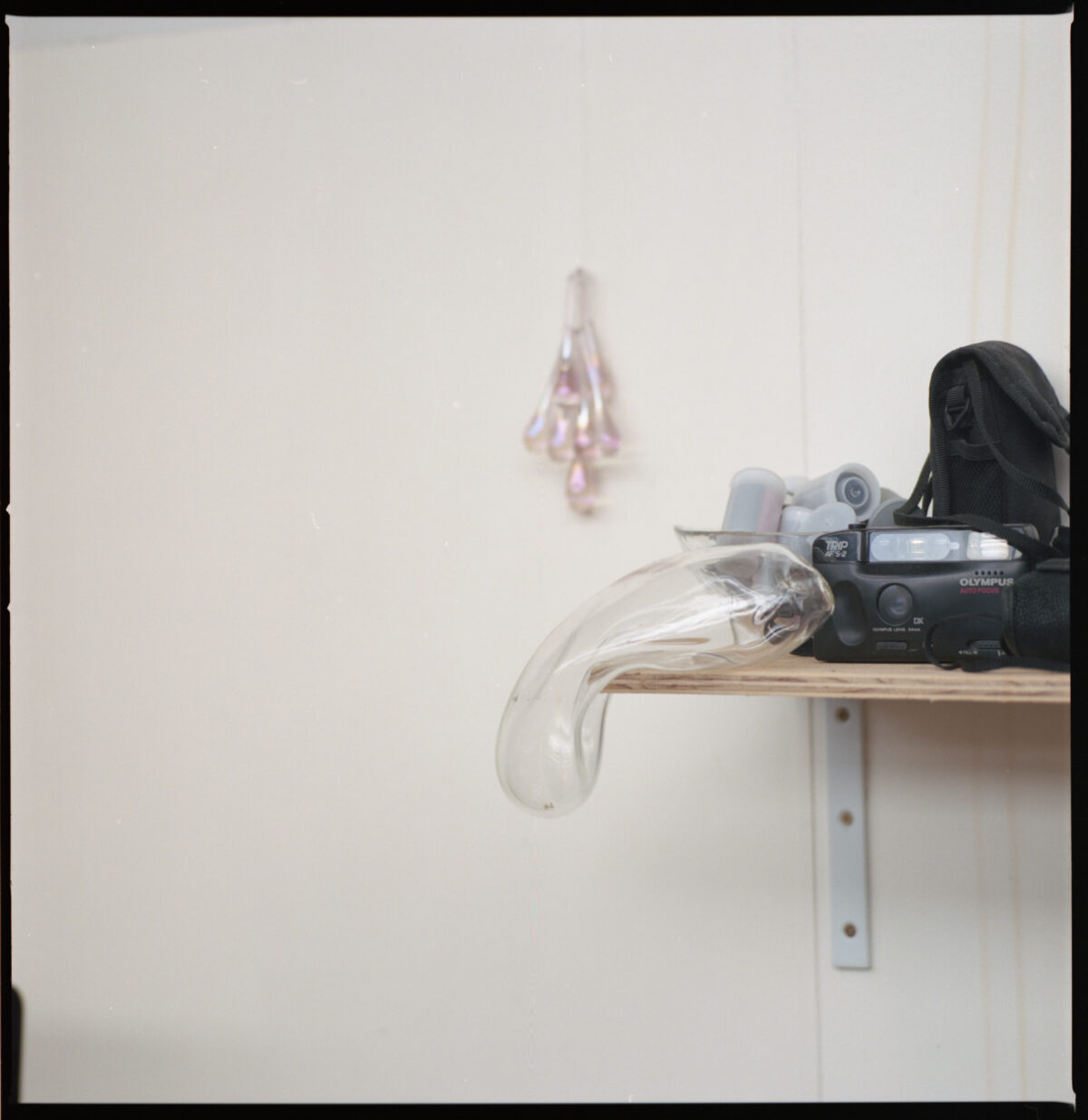
As two young women photographing themselves and others through a feminine lens, it would be easy to think that Stent and Long are trying to make a political statement. But this is not the case. “There’s a lot of pressure on artists and anyone putting their work out there to have their personal identity and politics tied to it. We don’t find it necessary for our work. We prefer to keep it separate,” says Long. This, however, hasn’t prevented the topics of gender identity and feminism from pervading the duo’s media coverage. “It definitely has a lot to do with the time we started making work,”—which, professionally, was roughly around 2010—“as well as the rise of the internet and Instagram,” says Stent. “We were so easily able to put images of our bodies out there for so many people to see. It was seen as quite radical and feminist, which I guess it kind of was,” she continues. “That wasn’t necessarily driving our reasons for doing it, but it meant we fell into a movement of artists who were putting their bodies online. Which is cool, I definitely don’t mind being associated with that.” The strict censorship rules on Instagram—including the controversial banning of images containing female nipples—has hindered Stent and Long sharing some of their nude imagery. “It’s been kind of bizarre the ones that they take down and the ones they don’t. It doesn’t make any sense,” says Stent. “It’s been interesting to see what you can get away with.”
While Stent and Long are keen to avoid prescribing political meanings to their works, they are still very aware of the associations their viewers may make between their photographs and socio-political issues. Their upcoming project—a new solo exhibition of work for ARC ONE Gallery, Melbourne set to open in May 2020—is a perfect example. “We’re particularly interested in waterscapes at the moment, so in terms of environments we will be focusing on lakes, rivers, and dams,” says Stent, explaining that herself and Long are heading off on a long-distance road trip from Melbourne to Alice Springs in Australia’s Northern Territory to scout for locations. “We also want to revisit some places that we have shot in before, spend some more time in them, and see how they’ve changed over the last year.” One such location is Lake Menindee, a chain of ephemeral freshwater lakes connected to the Darling River in northern New South Wales. “It’s an interesting place at the moment because there’s a drought going on, so it’s very dry and has a big algae problem,” says Long. “It seems like Australia is heading towards a big water crisis. These landscapes take on a quite strange, dystopian quality because they have become so degraded and depleted,” she adds, referring to the rapid destruction and loss of Australian wetlands due to, among other things, European farming methods. “Investigating these landscapes is part of what we’re doing. Obviously, there are environmental concerns tied to them, but we’re not necessarily trying to communicate an overt environmentalist message.”
Still in the research and development phase, Stent and Long are unable to disclose any further details about what their upcoming show might look like, other than that it will be a definite continuation of their existing practice. This being said, there will be some changes and developments. “We want to make this new exhibition more multisensory. We might bring in some moving images and sound recordings from different environments to create a more immersive gallery space,” says Stent, noting that their work is bound to change over time, just like the nature of her and Long’s enduring, and admittedly all-consuming friendship. “We spend so much time together, we’re best friends, we have a studio together, we even lived together at one point, so it’s always been very intense,” she continues. “We’ve gone through various transformations in our own individual lives and in our friendship,” adds Long. “There are obviously challenges in that, but it’s really reaffirming when you renegotiate your friendship after these different life transitions.”
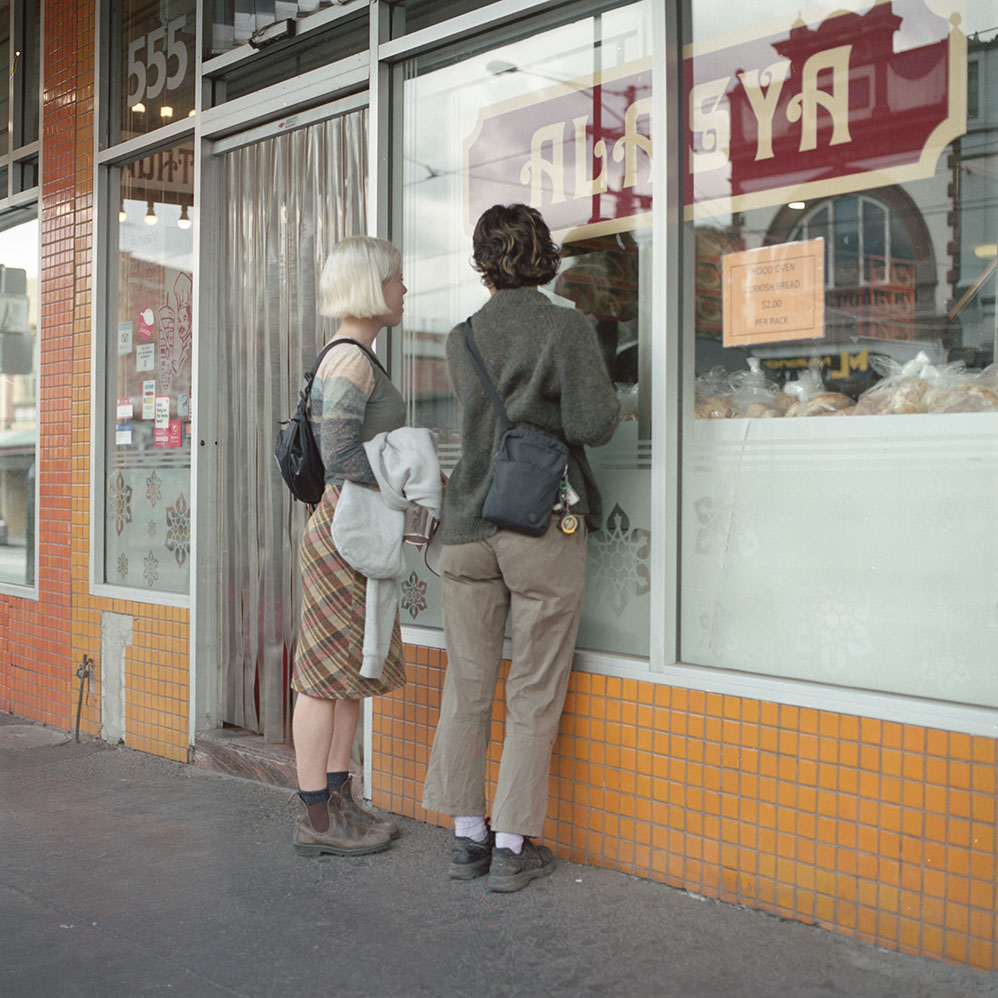
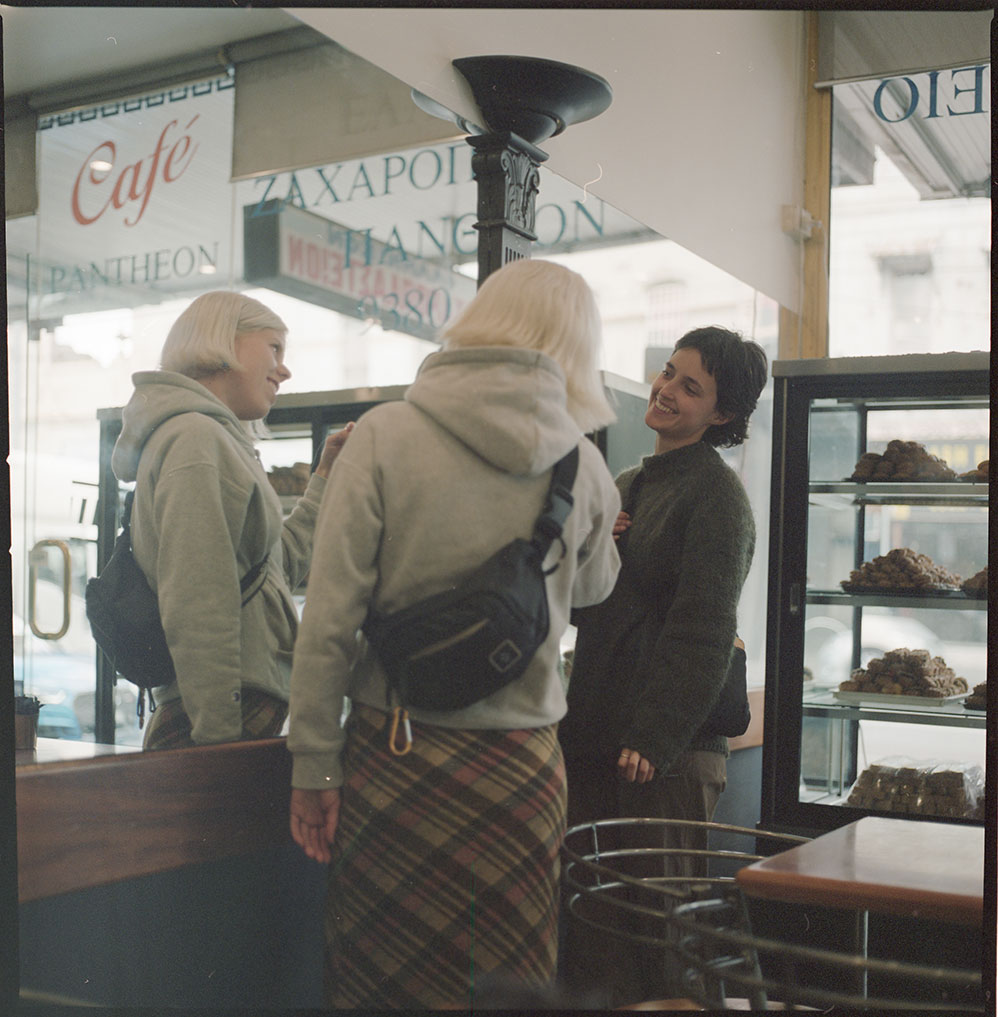
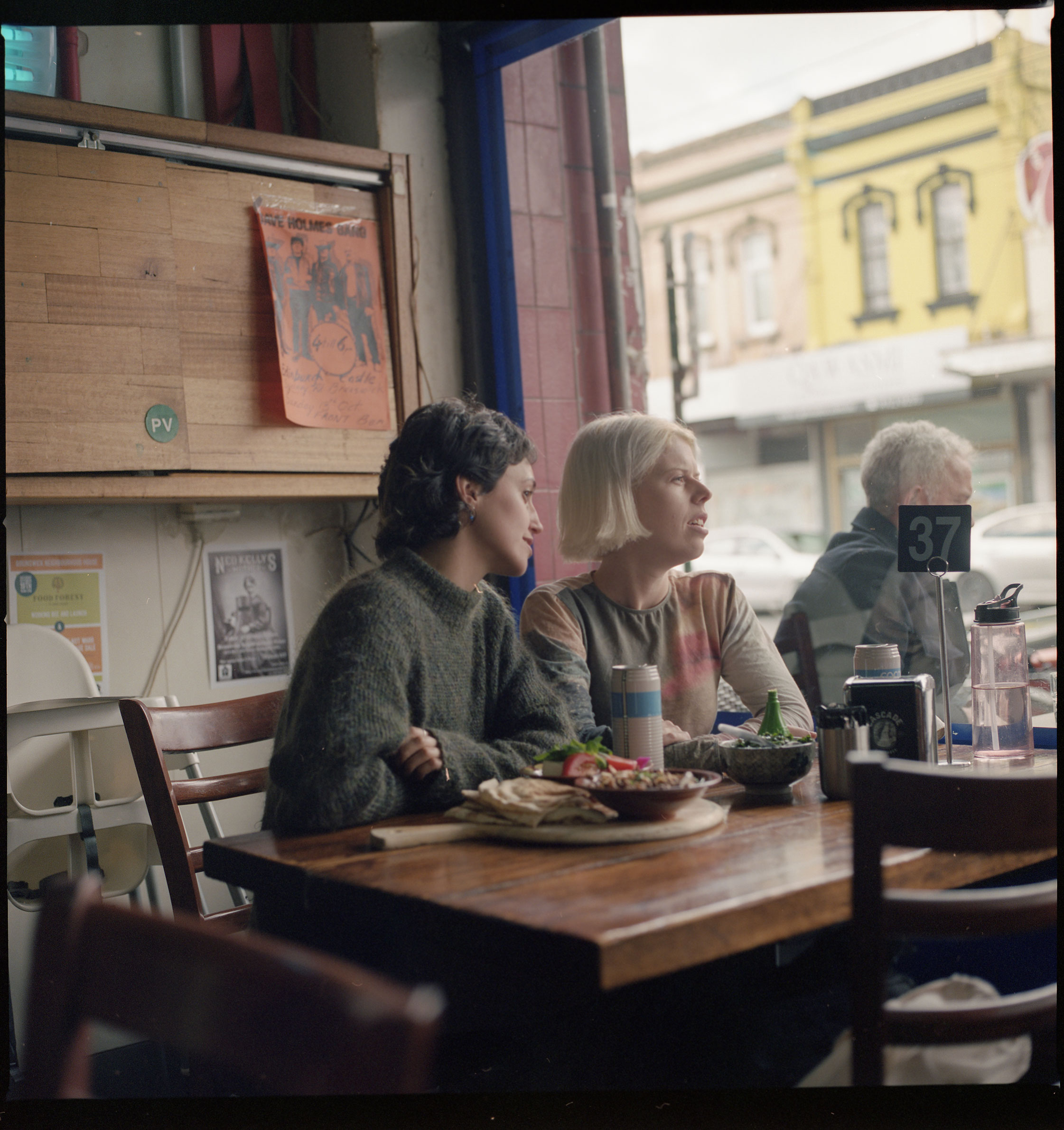
Prue Stent and Honey Long are a creative duo based in Melbourne, Australia. Blending their respective disciplines of photography and sculpture, their practice produces images that explore the interrelations between bodies, materials, and environments. For more stories on leading talents in the visual art world, why not check out our interview and video portrait with American-born, Johannesburg-based photographer Roger Ballen, or our photo essay with Brooklyn-based creative Pixy Liao.
Text: Emily May
Photography: Anu Kumar, Work courtesy of the artists and ARC ONE Gallery.
